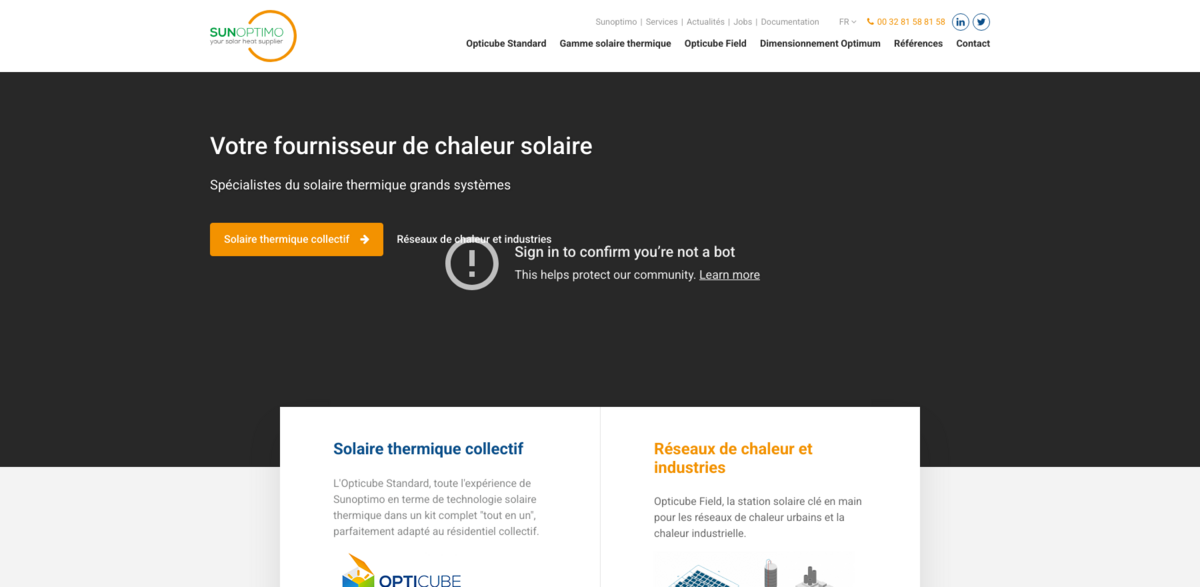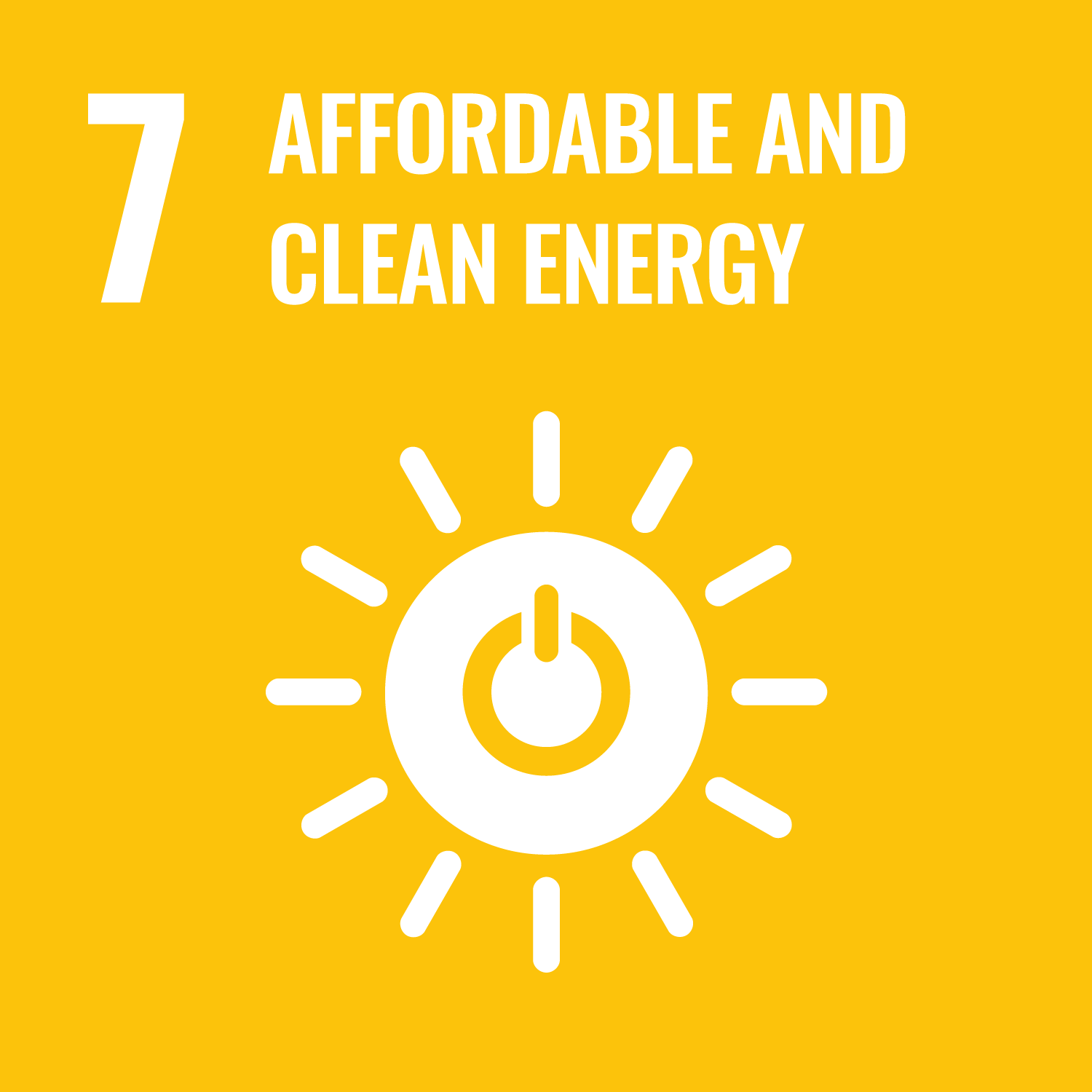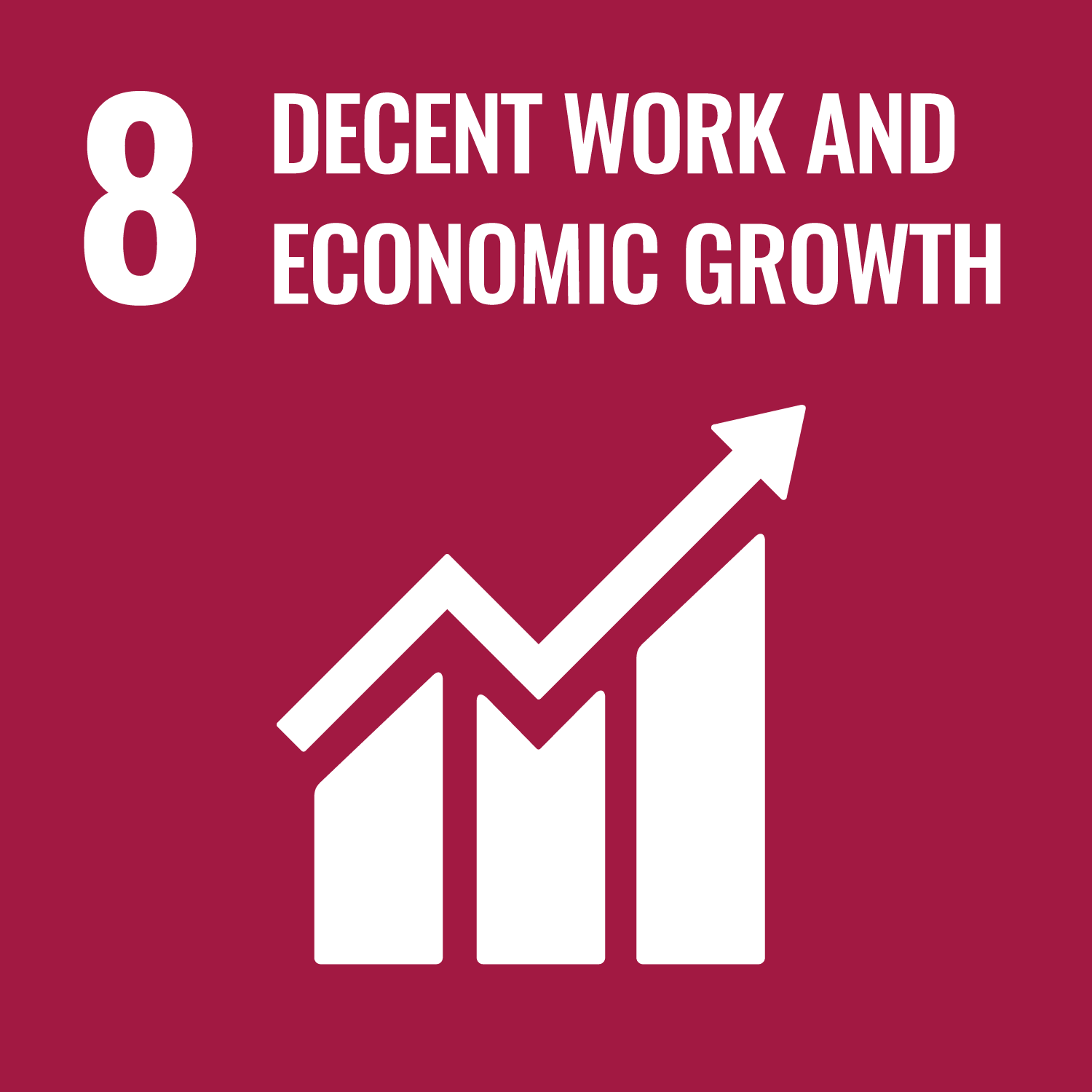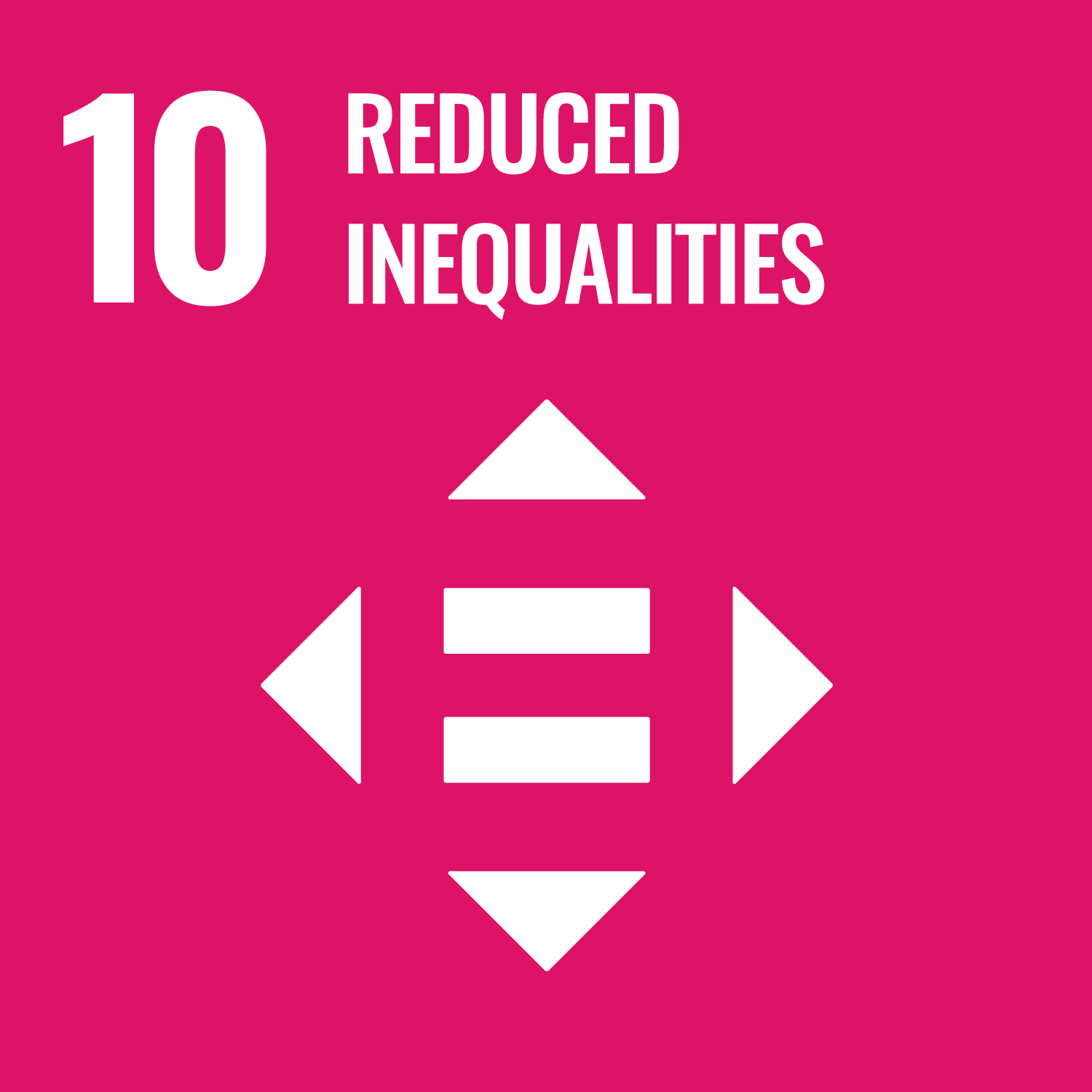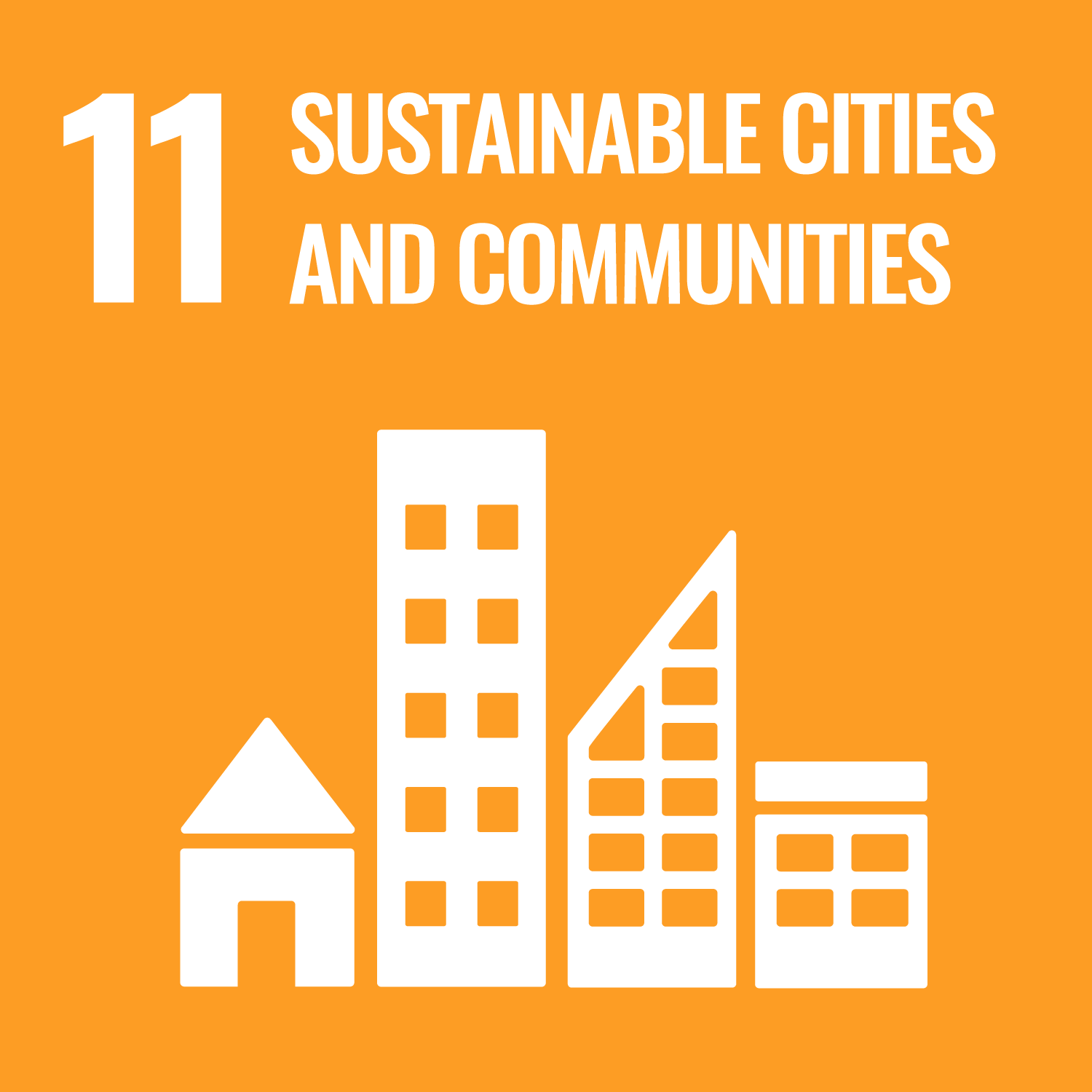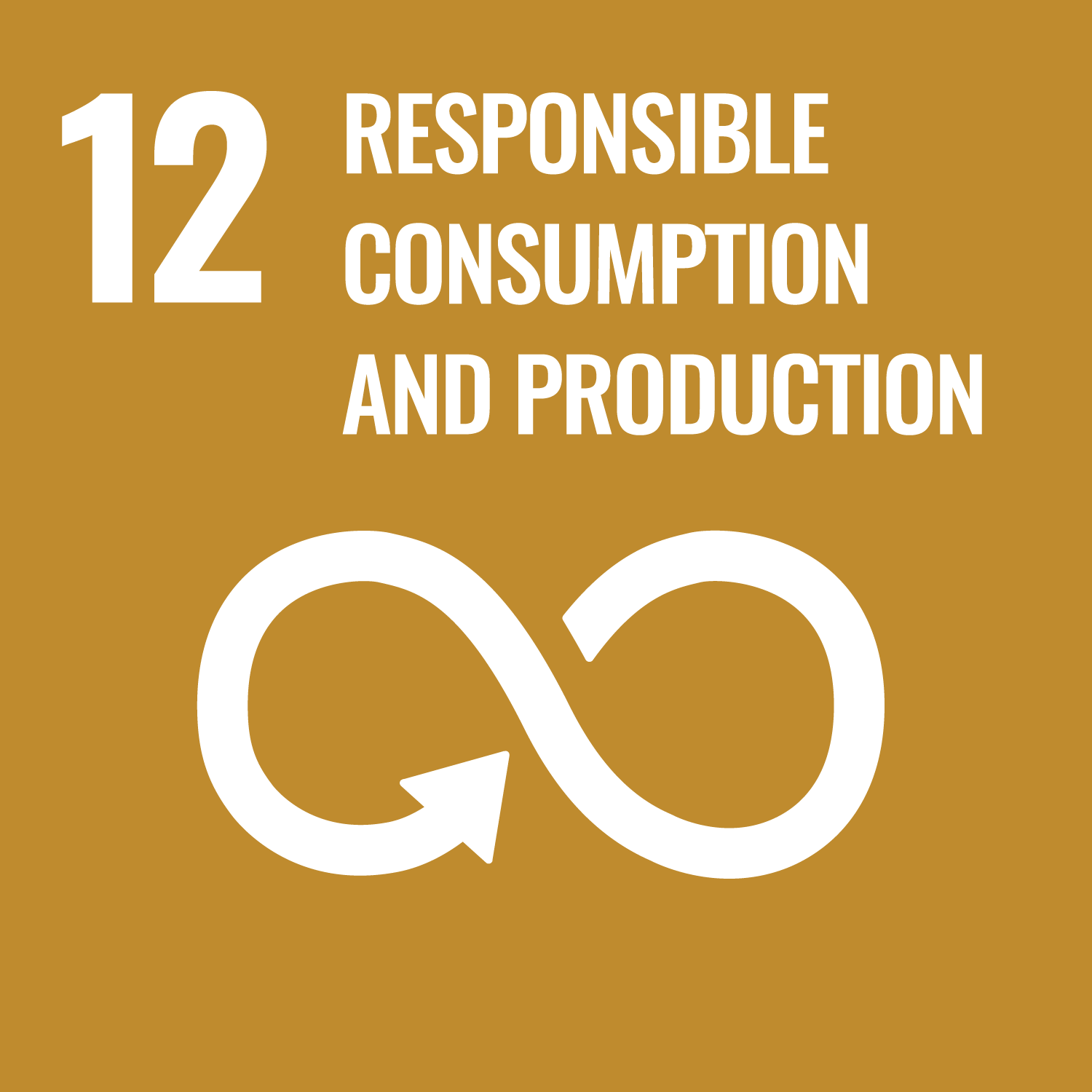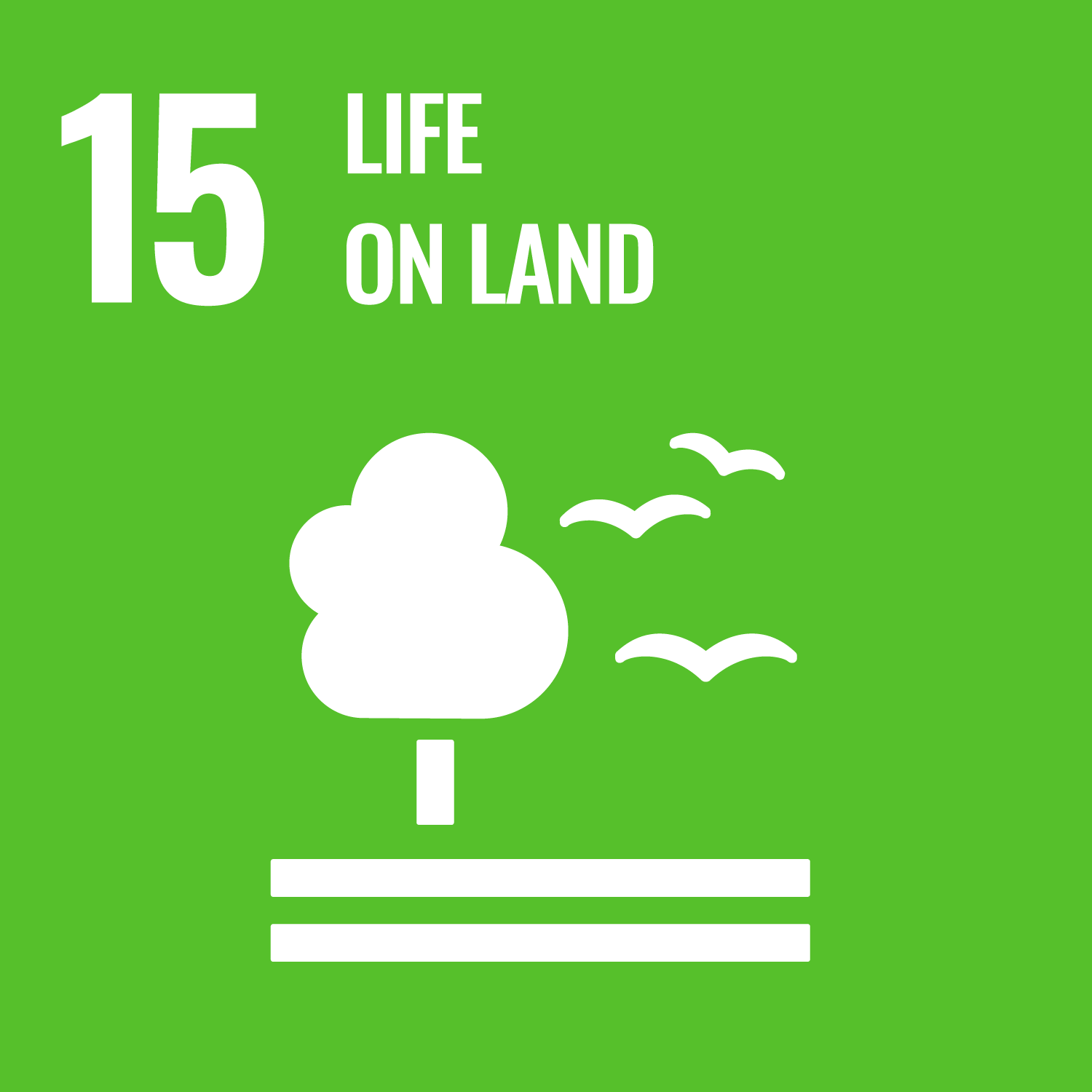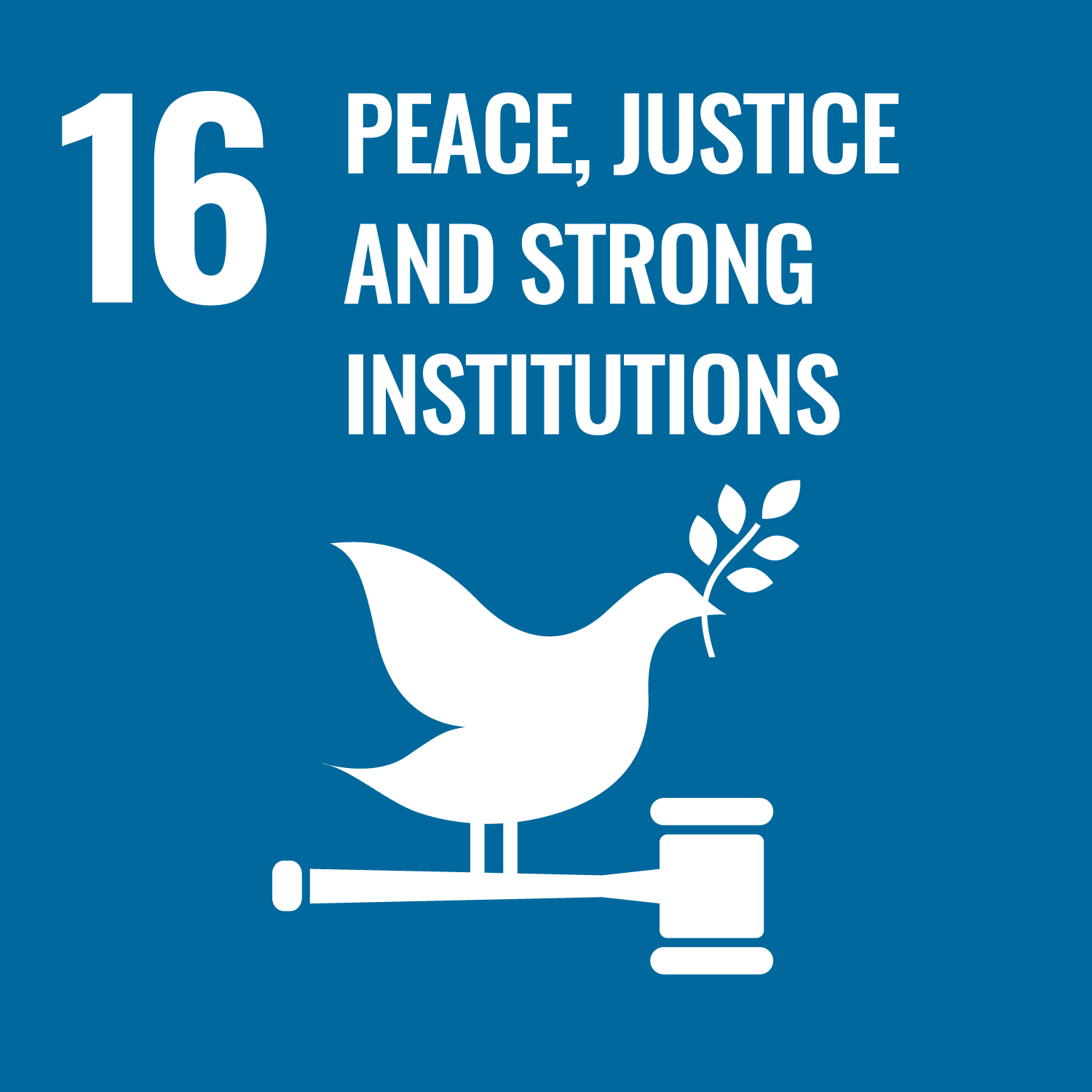Introduction to Walter Walter
Walter Walter is a unique architecture studio located in Prahran, Melbourne. They focus on creating spaces that are not only beautiful but also sustainable. The studio believes in the importance of understanding the environment and the people who inhabit it. This article will explore the sustainable objectives of Walter Walter and how they align with the United Nations Sustainable Development Goals.
Main Benefits of Walter Walter’s Projects
- Holistic design solutions that consider environmental impact.
- Focus on sustainable materials and practices.
- Inclusive design processes that engage communities.
- Adaptable spaces that meet changing needs over time.
- Commitment to reducing ecological footprints in construction.
Understanding Sustainable Architecture
Sustainable architecture is about more than just using green materials. It’s about creating spaces that work with the environment. Walter Walter aims to design buildings that are energy-efficient and have a low impact on the planet. They think about how buildings can be used for many years and how they can adapt to the needs of the people who live and work in them. This approach helps to create a better future for everyone.
Community Engagement and Inclusivity
Walter Walter believes that everyone should have a voice in the design process. They work closely with communities to understand their needs and desires. This participatory approach ensures that the spaces they create are not only functional but also meaningful to the people who use them. By involving diverse voices, Walter Walter fosters a sense of belonging and ownership in the projects they undertake.
Material Selection and Environmental Impact
Choosing the right materials is crucial in sustainable design. Walter Walter carefully selects materials that are environmentally friendly and durable. They consider how these materials will interact with the environment and the people who will use them. This thoughtful approach helps to minimize waste and reduce the overall ecological footprint of their projects. By prioritizing sustainability in material selection, Walter Walter sets a standard for responsible architecture.
Adapting to Changing Needs
As society evolves, so do the needs of its inhabitants. Walter Walter recognizes that spaces must be adaptable to accommodate these changes. Whether it’s designing homes for aging populations or creating flexible workspaces, their designs are tailored to meet the demands of the future. This adaptability ensures that their projects remain relevant and useful for years to come, contributing to a sustainable built environment.
Conclusion: Aligning with Sustainable Development Goals
Walter Walter’s commitment to sustainability aligns with several of the United Nations Sustainable Development Goals. Their focus on community engagement, responsible material selection, and adaptable design contributes to a more sustainable future. By prioritizing these values, Walter Walter not only enhances the built environment but also promotes social equity and environmental stewardship.
United Nations Sustainable Development Goals Linked to Walter Walter’s Projects
- Goal 11: Sustainable Cities and Communities
- Goal 12: Responsible Consumption and Production
- Goal 13: Climate Action
- Goal 4: Quality Education (through community engagement)
- Goal 10: Reduced Inequalities (by promoting inclusivity)
For more information about Walter Walter and their sustainable design practices, visit their website.





